Home>diy>Building & Construction>What Is Rendering In Construction
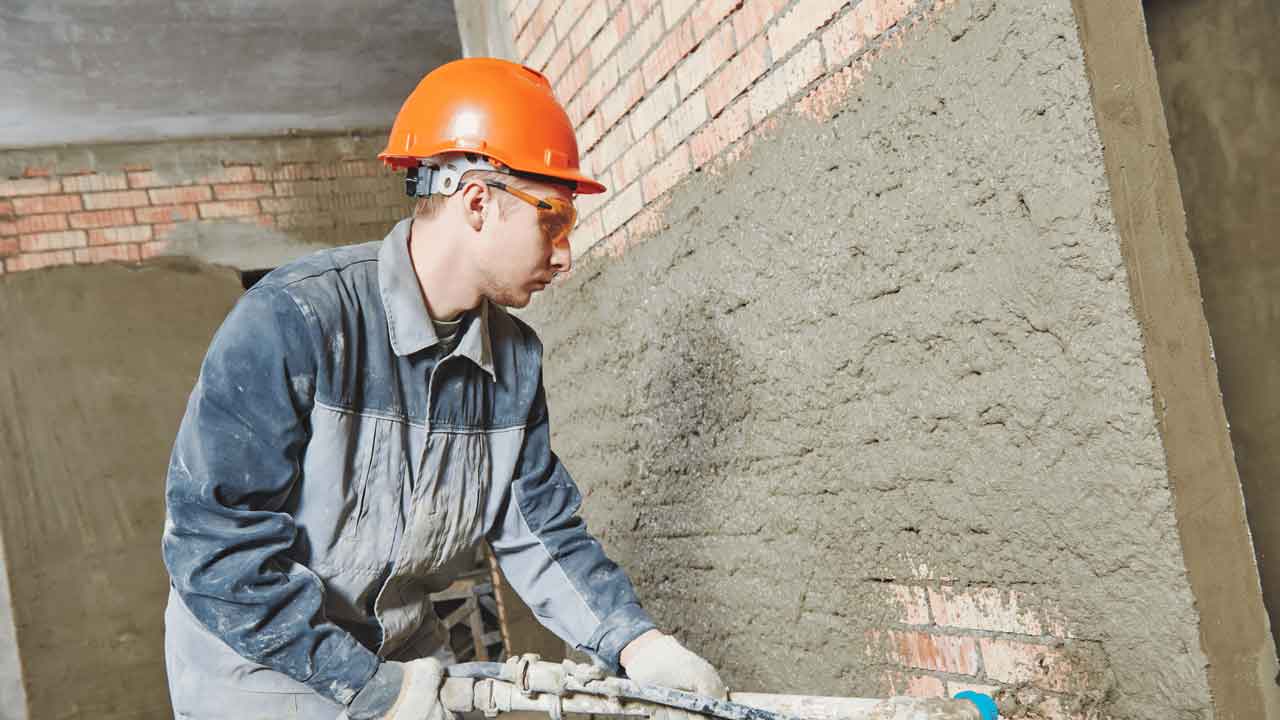

Building & Construction
What Is Rendering In Construction
Modified: December 7, 2023
Learn about rendering in construction, a vital technique in building construction. Find out how it enhances structural integrity and improves aesthetic appeal.
(Many of the links in this article redirect to a specific reviewed product. Your purchase of these products through affiliate links helps to generate commission for Storables.com, at no extra cost. Learn more)
Introduction
When it comes to the construction industry, there are various techniques and processes that are used to transform a simple structure into a beautiful and functional building. One such technique that plays a crucial role in the overall aesthetics of a building is rendering. Rendering is a process that involves applying a layer of material to the exterior walls of a building to create a smooth and textured finish.
The purpose of rendering in construction goes beyond just enhancing the appearance of a building. It also provides several practical benefits, such as increased insulation, weather protection, and improved durability. In this article, we will explore the different types of rendering, the process involved, the benefits it offers, and some important considerations to keep in mind.
Key Takeaways:
- Rendering in construction is more than just a decorative enhancement; it offers practical benefits such as increased insulation, weather protection, and improved durability, making it a valuable investment for any building project.
- Choosing the right rendering material, hiring a professional renderer, and ensuring regular maintenance are crucial for a successful rendering project. These factors contribute to achieving a visually appealing and durable finish that adds value to a building.
Read more: What Is CAD Rendering
Definition of Rendering
In the construction industry, rendering refers to the application of a layer of material, such as cement, lime, acrylic, polymer, or textured coating, onto the exterior walls of a building. This material is carefully applied to create a smooth and visually appealing finish.
The purpose of rendering in construction goes beyond just aesthetics. It serves as a protective barrier against the elements, enhances insulation, and can even increase the overall value of a property. By covering the raw exterior walls, rendering helps to improve the durability and longevity of a building.
Rendering can be done on various types of surfaces, including brick, concrete, or even lightweight cladding systems. It offers a versatile solution for both new constructions and renovations, allowing for customization and design flexibility.
Whether it’s a residential, commercial, or industrial building, rendering can transform the appearance and functionality of the structure, providing countless benefits for both property owners and occupants alike.
Types of Rendering
Rendering in construction can be done using various materials, each with its own unique properties and aesthetic appeal. Let’s explore some of the most common types of rendering:
- Cement rendering: Cement rendering is a popular choice for its versatility and durability. It involves applying a mixture of cement, sand, and water to the surface, creating a strong and solid finish. Cement rendering can be finished with a variety of textures, from smooth to textured, and can be painted to achieve the desired color and style.
- Lime rendering: Lime rendering, also known as traditional rendering, involves the use of lime mortar mixed with sand and water. This type of rendering offers a more breathable and flexible finish, ideal for older buildings or structures in areas with high moisture levels. Lime rendering provides a natural and traditional look, with a smooth yet slightly textured appearance.
- Acrylic rendering: Acrylic rendering is a modern and versatile option, widely used for its flexibility and crack resistance. It involves the application of a base coat, followed by a colored acrylic render. Acrylic render can be tinted to various colors, offering a wide range of design possibilities. It provides a smooth, contemporary, and low-maintenance finish.
- Polymer rendering: Polymer rendering is a type of rendering that incorporates polymer additives into the base coat, enhancing its strength, flexibility, and water resistance. This type of rendering is particularly suitable for areas prone to movement or extreme weather conditions. Polymer rendering offers excellent adhesion and durability, providing a long-lasting and protective finish.
- Textured rendering: Textured rendering is a popular choice for those seeking a more decorative and visually appealing finish. It involves the application of a specialized textured render that creates patterns, designs, or even imitates the appearance of natural materials such as stone or brick. Textured rendering adds depth and character to the building’s exterior, making it stand out.
Each type of rendering has its own advantages and suitability depending on the specific requirements of the project. Consulting with a professional renderer can help determine the most suitable type of rendering for your building.
Process of Rendering
The process of rendering involves several steps to ensure a proper and long-lasting finish. Let’s take a closer look at each stage:
- Preparation of the surface: Before applying the render, the surface needs to be properly prepared. This involves cleaning the walls to remove any dust, dirt, or loose materials. Any cracks or defects should be repaired, and if necessary, a primer or bonding agent may be applied to improve adhesion.
- Application of the base coat: Once the surface is prepared, a base coat of render is applied. The base coat provides a smooth and even surface for the finishing coat. The thickness of the base coat can vary depending on the desired finish and the type of render being used. It is typically applied using a trowel or spray equipment.
- Application of the finishing coat: After the base coat has been applied and allowed to partially set, the finishing coat of render is applied. This is where the desired texture and final appearance are achieved. The finishing coat can be applied in multiple layers, allowing for different effects and textures. It is important to follow the manufacturer’s instructions regarding drying times and application techniques.
- Curing and maintenance: After the render has been applied, it needs time to cure and dry properly. This process can take a few days or even weeks, depending on the environmental conditions. It is important to protect the freshly rendered walls from extreme weather conditions, such as heavy rain or direct sunlight, during the curing process. Once cured, regular maintenance, such as cleaning and repainting if necessary, will help keep the render in good condition.
It is essential to hire experienced and skilled professionals for the rendering process, as proper application techniques and attention to detail are critical for achieving a flawless and durable finish.
When rendering in construction, ensure that the surface is clean and free from dust and debris before applying the render. This will help to achieve a smooth and even finish.
Benefits of Rendering
Rendering offers numerous benefits for both the appearance and functionality of a building. Let’s explore some of the key advantages:
- Enhanced aesthetics: One of the primary benefits of rendering is the aesthetic transformation it brings to a building. Rendered walls can give a clean, polished, and modern look to any structure. With a wide range of colors and textures available, rendering offers endless design possibilities, allowing you to create a unique and visually appealing facade.
- Increased insulation and energy efficiency: Rendering can significantly improve the insulation properties of a building. The layer of render acts as an additional barrier against heat loss or gain, reducing the need for excessive heating or cooling. This, in turn, can lead to energy savings and a more comfortable indoor environment.
- Protection against weather elements: Render acts as a protective layer, shielding the underlying walls from moisture, wind, and other weather elements. It helps prevent cracks, dampness, and water penetration, which can cause structural damage over time. The durability and weather resistance of rendering materials contribute to the long-term protection of a building’s exterior.
- Increased property value: A well-rendered building can significantly increase its market value. The enhanced curb appeal and improved aesthetics make the property more attractive to potential buyers or tenants. Additionally, the added protection and energy efficiency benefits of rendering can also be appealing selling points for potential investors.
Whether you are renovating an existing building or constructing a new one, rendering can greatly enhance its appearance, functionality, and overall value.
Read more: How To Render Landscape Design
Considerations for Rendering
Rendering is a significant investment that can greatly enhance a building’s aesthetics and functionality. To ensure a successful rendering project, there are several important considerations to keep in mind:
- Choosing the right rendering material: The selection of the appropriate rendering material is crucial as it will impact the durability, appearance, and performance of the render. Factors to consider include the climate, location, desired finish, and maintenance requirements. Consulting with a professional or rendering specialist can help you determine the best material for your specific needs.
- Hiring a professional renderer: Proper rendering requires skills, experience, and knowledge of the techniques involved. Hiring a professional renderer is essential to achieve a high-quality finish. Look for reputable rendering companies or contractors with a proven track record. Request samples of their previous work or ask for referrals to ensure they have the expertise and craftsmanship required to complete the job to your satisfaction.
- Maintenance and repairs: While rendering can significantly enhance the longevity of a building, regular maintenance and timely repairs are essential to preserve its appearance and effectiveness. Periodic inspections should be conducted to identify any cracks, damage, or signs of wear. Prompt repairs will prevent further deterioration and ensure the render continues to provide the intended benefits over time.
By carefully considering these factors, you can ensure that the rendering project is successful, delivering a visually appealing and durable finish that will stand the test of time.
Conclusion
Rendering plays a vital role in the construction industry, providing both aesthetic and functional benefits to buildings. Whether it is a residential, commercial, or industrial structure, rendering can transform the appearance, improve insulation, protect against weather elements, and increase property value.
By understanding the different types of rendering available, including cement, lime, acrylic, polymer, and textured rendering, you can select the most suitable option for your project. The process of rendering involves surface preparation, application of the base coat, application of the finishing coat, and proper curing and maintenance.
Choosing the right rendering material, hiring a professional renderer, and ensuring regular maintenance and timely repairs are essential considerations for a successful rendering project. These factors will help you achieve a desired finish that is both visually appealing and durable.
In conclusion, rendering is not just a decorative enhancement but also contributes to the overall performance and value of a building. It offers a versatile and customizable solution that can transform the appearance of any structure, making it more energy-efficient, protected against weather elements, and significantly increasing its market appeal.
When planning your next construction project or renovation, consider the benefits of rendering and consult with professionals to ensure the best results. With the right materials, techniques, and experts involved, rendering can make a remarkable difference in the appearance and longevity of your building.
Frequently Asked Questions about What Is Rendering In Construction
Was this page helpful?
At Storables.com, we guarantee accurate and reliable information. Our content, validated by Expert Board Contributors, is crafted following stringent Editorial Policies. We're committed to providing you with well-researched, expert-backed insights for all your informational needs.
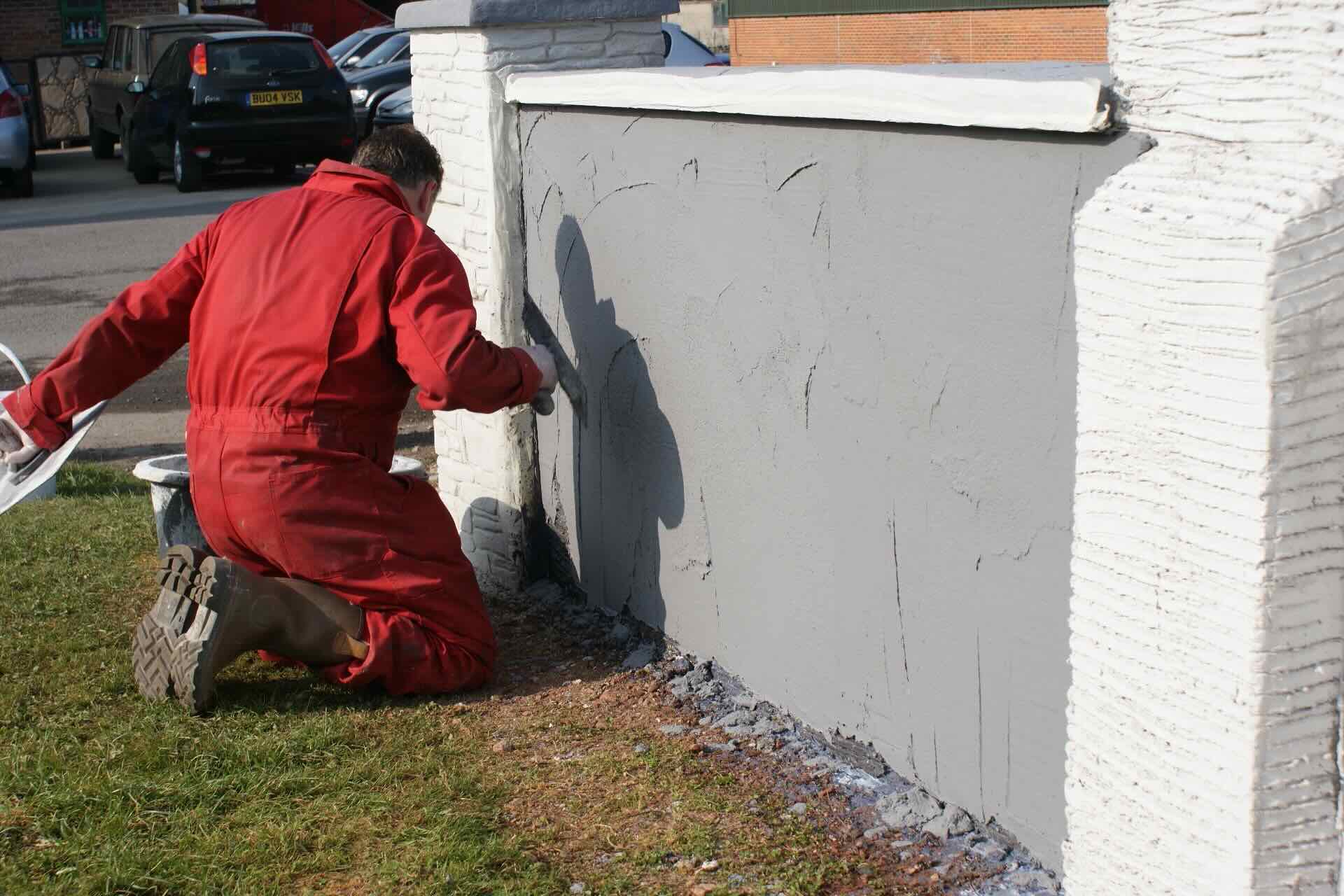


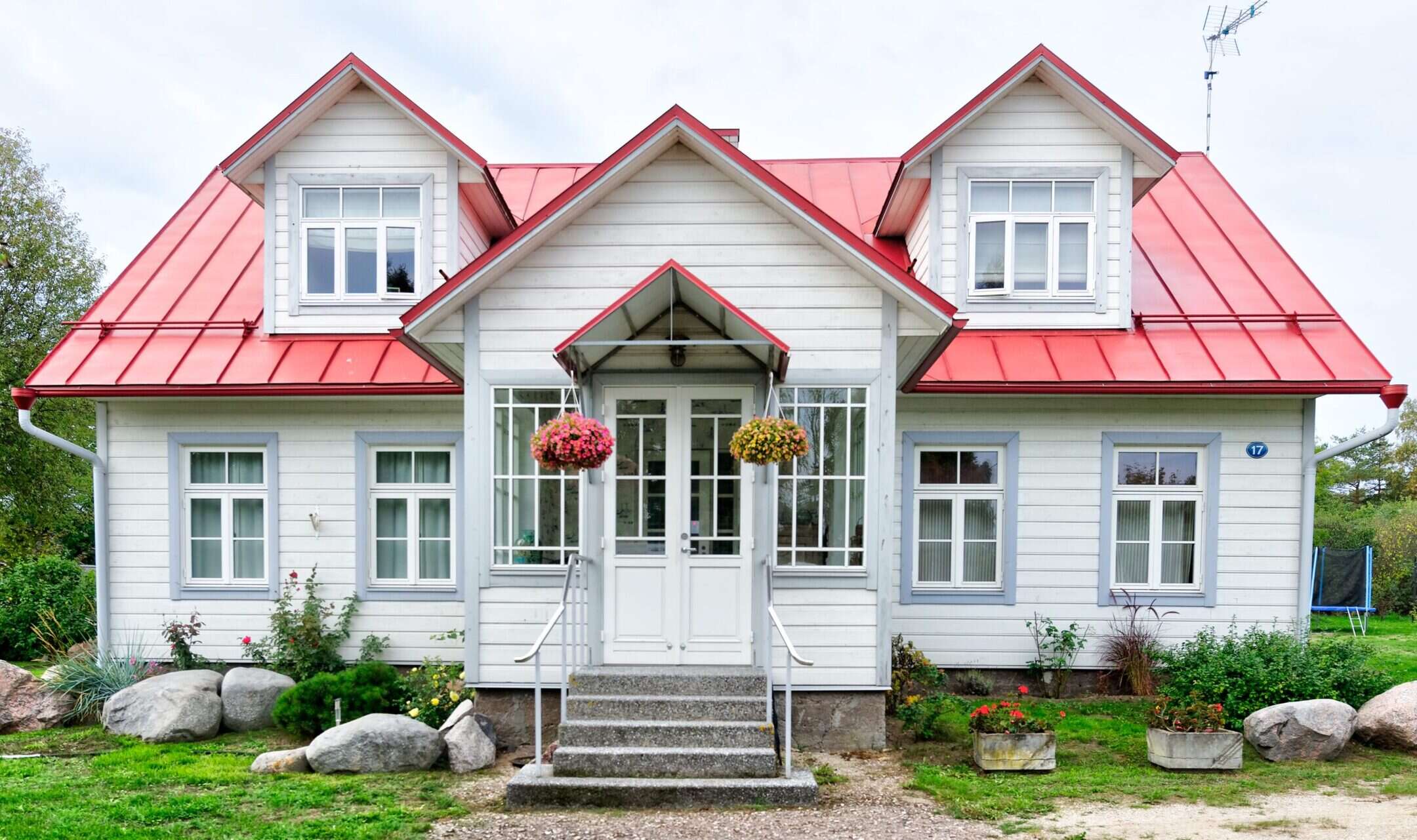
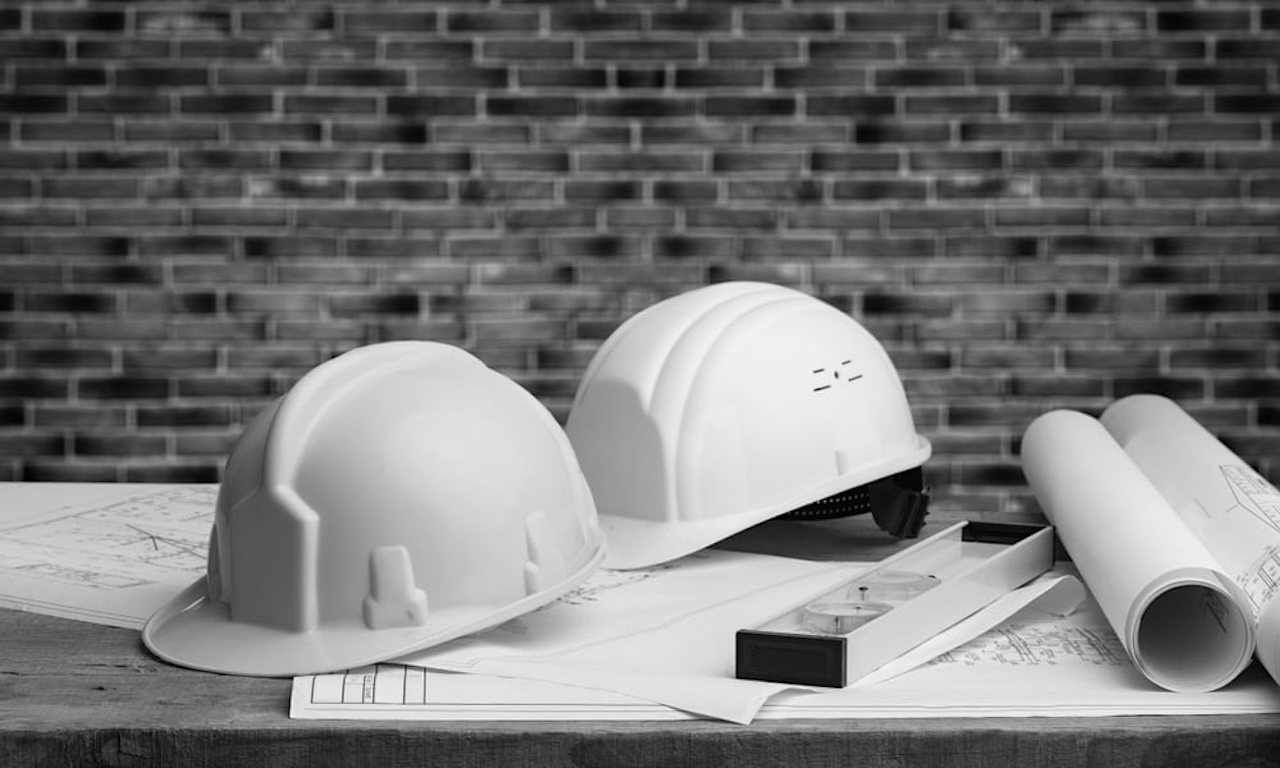




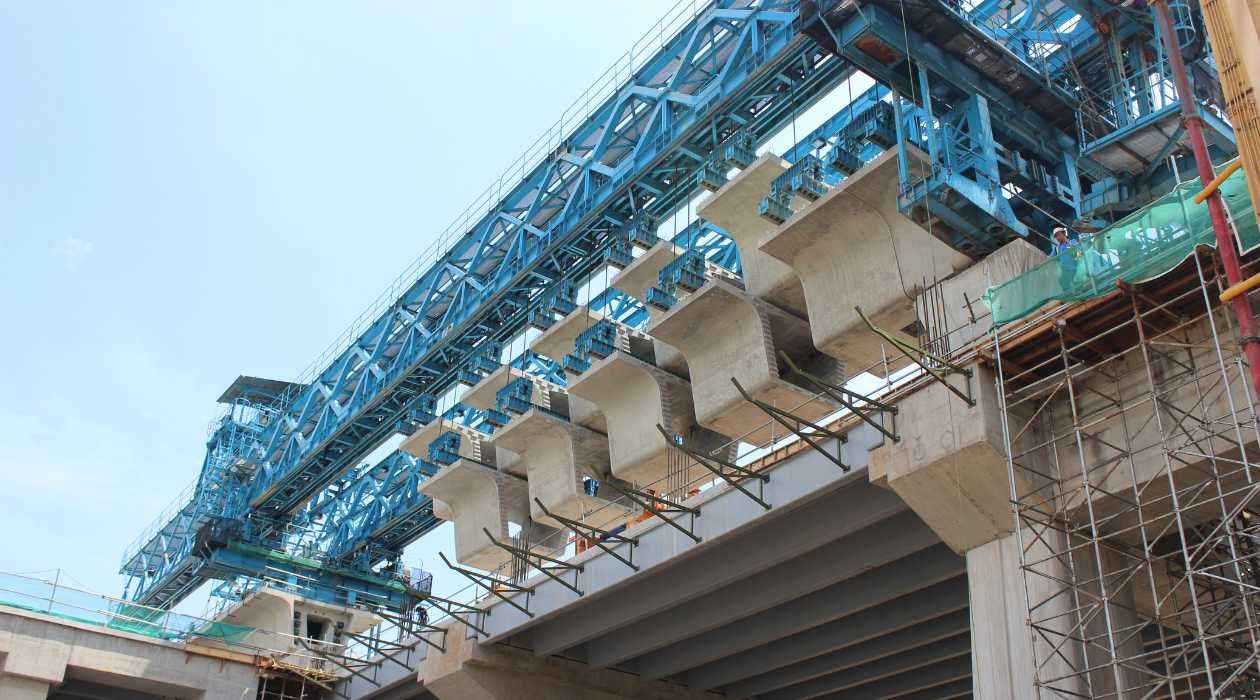

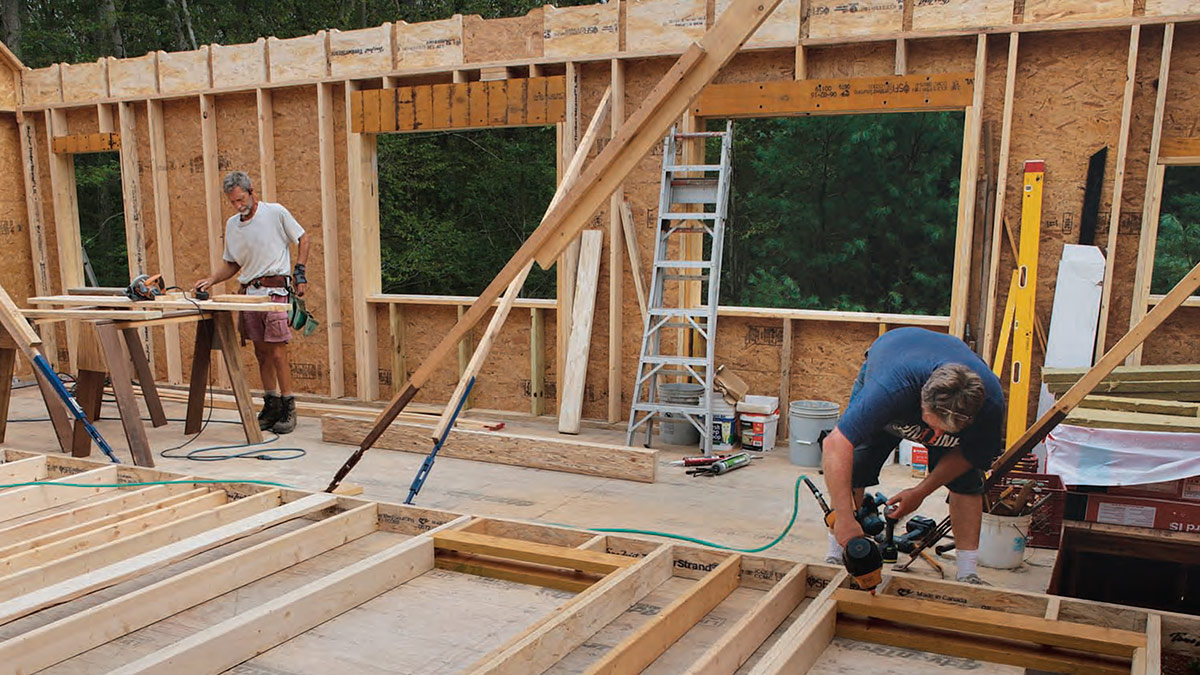

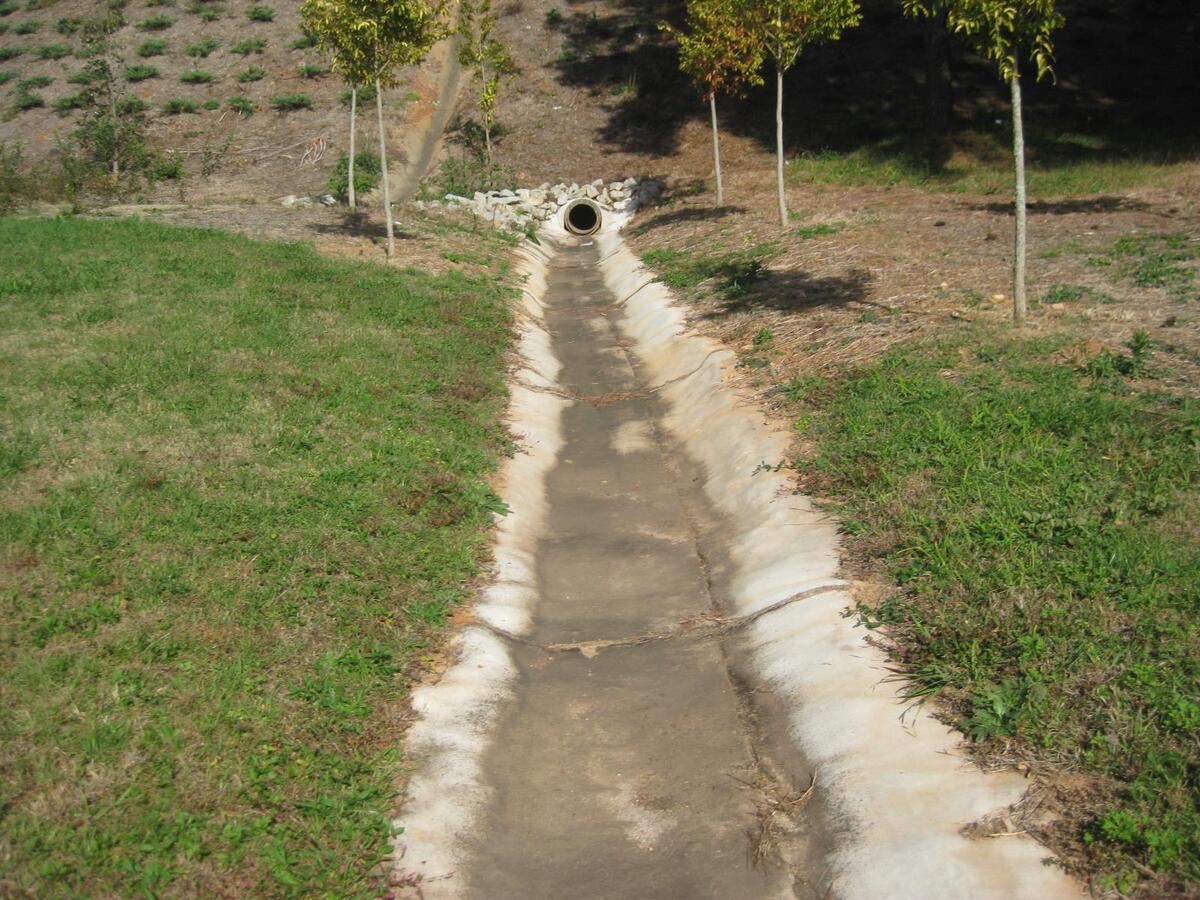

0 thoughts on “What Is Rendering In Construction”